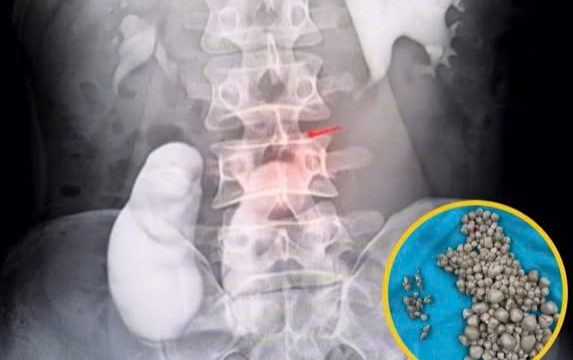A California resident has tested positive for plague, sparking both concern and curiosity about a disease many assumed had been wiped out centuries ago. According to health officials, the individual likely contracted the illness after being bitten by an infected flea while camping in the South Lake Tahoe area.

While the word “plague” immediately conjures terrifying images of medieval Europe and catastrophic pandemics, today’s reality is far different. Thanks to modern medicine and improved sanitation, cases are extremely rare, and when caught early, the disease is both treatable and preventable. The patient is currently recovering at home and is expected to make a full recovery, officials confirmed. For many, the news was shocking. One Lake Tahoe visitor admitted, “I think it’s crazy. I didn’t even know the plague was still something that was going on. How is the person doing?” Their surprise reflects a broader public perception—most people don’t realize that plague still lingers in pockets across the western United States. Experts like Dr.
Peter Chin-Hong, an infectious disease specialist at UCSF, explained that plague is spread by bacteria through flea bites, particularly fleas that live on rodents such as squirrels and chipmunks. Though it sounds frightening, doctors stress that the risk remains low. Only about seven cases are reported in the U.S. each year, primarily in states like California, Arizona, Colorado, and New Mexico. This is a far cry from the Middle Ages when unsanitary conditions and uncontrolled rat populations allowed plague to decimate Europe, killing an estimated 25 million people. Today, those conditions no longer exist in developed nations, and modern antibiotics can easily stop the infection if administered quickly. Still, experts caution against dismissing the disease altogether.
Dr. Melanie Ott, director of the Gladstone Institute and professor at UCSF, emphasized the need for awareness without panic. “Many of us love to go camping. We have dogs. We love to go out and hike. Rodents in the area rarely, but still do, carry the plague, and fleas from these rodents can bite us and transmit the disease.
That’s what we have to be mindful of. We shouldn’t forget about it, but we also shouldn’t panic,” she explained. Ott added that effective antibiotics are readily available and highly successful in treatment when given early. The disease typically reveals itself within one to two weeks after an infected bite. Symptoms may resemble the flu at first, with fever, headache, and muscle aches, but the telltale sign is swollen lymph nodes, also known as buboes, which give “bubonic plague” its name. While the term “plague” may sound like a death sentence, doctors say survival rates today are very encouraging.
More than 90% of patients recover when treated promptly. Preventive steps are simple yet critical: use insect repellent when outdoors, avoid contact with dead rodents, and make sure pets do not interact with wildlife carcasses. Awareness is especially important in regions where plague cases have historically occurred. South Lake Tahoe, for example, has seen a few cases over the years. The most recent was five years ago, and in 2015, two individuals contracted the disease after visiting Yosemite National Park.
These rare but notable cases serve as reminders that while plague has not disappeared entirely, it is a manageable risk when approached with knowledge and precaution. The latest case underscores the importance of recognizing that old diseases can still surface under the right circumstances, even in modern America. Unlike in the past, however, today’s medical system is prepared to handle them effectively. With quick detection and treatment, the fearsome reputation of plague is largely outdated.
As experts emphasize, there is no need for panic—but being informed and cautious when enjoying the outdoors can make all the difference. In short, plague still exists, but it is rare, treatable, and preventable. With the right precautions, Californians and outdoor enthusiasts alike can continue to explore nature safely.





